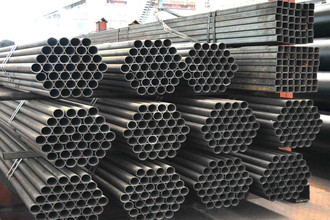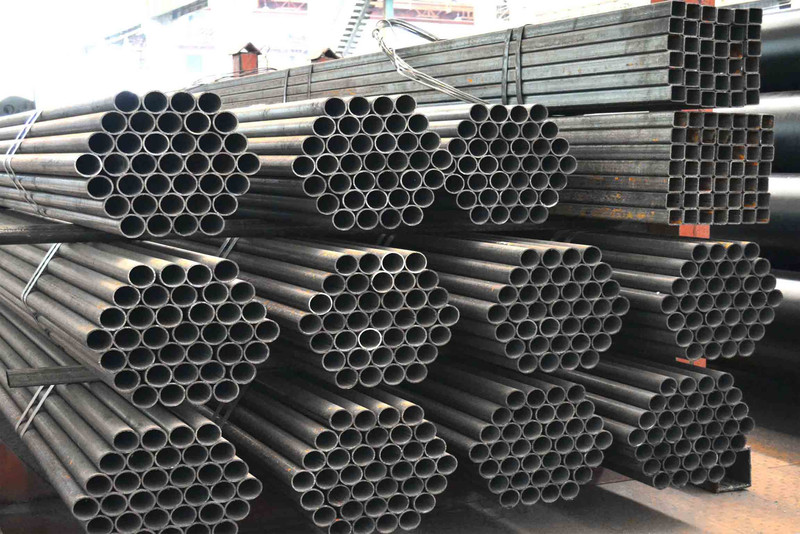Catalog
-
Catalog
- Agriculture
- Apparel
- Automobiles & Motorcycles
- Beauty & Personal Care
- Business Services
- Chemicals
- Construction & Real Estate
- Consumer Electronics
- Electrical Equipment & Supplies
- Electronic Components & Supplies
- Energy
- Environment
- Excess Inventory
- Fashion Accessories
- Food & Beverage
- Furniture
- Gifts & Crafts
- Hardware
- Health & Medical
- Home & Garden
- Home Appliances
- Lights & Lighting
- Luggage, Bags & Cases
- Machinery, Hardware & Tools
- Measurement & Analysis Instruments
- Mechanical Parts & Fabrication Services
- Minerals & Metallurgy
- Office & School Supplies
- Packaging & Printing
- Rubber & Plastics
- Security & Protection
- Service Equipment
- Shoes & Accessories
- Sports & Entertainment
- Telecommunications
- Textiles & Leather Products
- Timepieces, Jewelry, Eyewear
- Tools
- Toys & Hobbies
- Transportation
Filters
Search
Basic Information
The welded pipe is produced from 17.2 mm to 1,220 mm outer diameter according to the following standards:
DIN 1626 (steel grade St.37.0, St.44.0, St.52.0);
PN-EN 10208-1 (steel grade L235GA, L245GA, L290GA, L360GA);
PN-EN 10208-2 (steel grades L245NB, L245MB, L290NB, L290MB, L360NB, L360MB, L415MB, L450MB, L485MB);
PN-EN 10217-1 (steel grade P195TR1/TR2, P235TR1/TR2, P265TR1/TR2);
PN-EN 10217-2 (steel grade P235JH, P265JH);
PN-EN 10219-2 (steel grade S235JRH, S275JOH, S275J2H, S355JOH, S355J2H);
APl Spec 5L (steel grade B, X42, X46, X52, X56, X60, X65, X70);
PN-79/H-74244 (steel grade G235, G295, G355);
EN 10255 (steel grade S195T);
EN 10224 (steel grade L235, L275, L355).
Welded pipe often used in order to build a frame high rise building or residential buildings. Structures can be both industrial and public use. The basis of the product is carbon and low alloy steel. Also the scope of application of electric-welded pipes is the creation of pipeline structures and systems with different levels of flow and pressure. In addition, the welded tubes have proven themselves in the construction of pipelines with low pressure pipelines, thermal networks. Spiral welded pipe, electrically welded tube and pipes has found its application in various engineering, petrochemical and oil and gas industry. As well as industry associated with mining. The welded pipe has special performance characteristics, including resistance to negative environmental effects; durability and ability to withstand rather broad temperature ranges and under high pressure.
-
Payment Methods
We accept:












